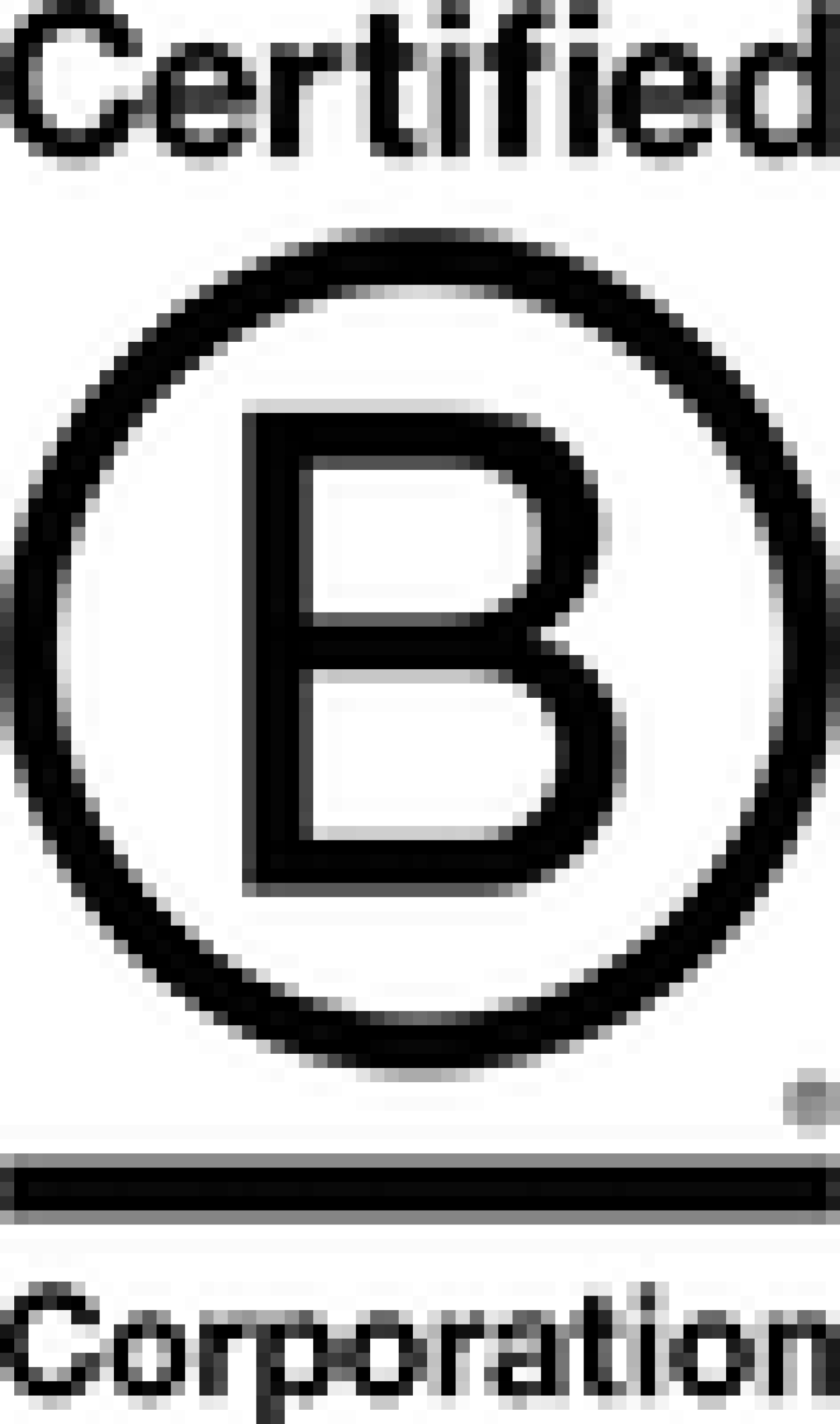How to prevent and manage spam in online communities

Over 160 billion spam emails were sent every day in 2023. Spam is everywhere, with most people (96.8%) reporting that they’ve received spam messages in some form.
Unfortunately for community managers, spam can also happen within your community platform. Knowing how to stop and manage spam is vital to ensure a positive and engaging environment for your members.
Why is spam a threat to communities?
Spam is more than an annoyance for your community. Spam can have long-lasting repercussions, for example:
Excessive spam can make members wonder whether the community is being well-moderated or cared for.
Meaningful discussions can get drowned out by irrelevant or malicious posts.
Spam links can damage your community’s reputation and potentially harm your site’s search engine rankings.
Spam can pose security threats. Scams, phishing links, and malware can find their way into poorly-moderated communities and put members at risk.
Proactively addressing these threats lets you protect the people who trust your platform.
The value of spam management
Spam management is an opportunity to improve your community’s processes. In fact, it should be part of your engagement strategies from the beginning.
When looking at your onboarding procedures, for example, you might ask yourself:
Are there gaps that should be closed to prevent spam accounts from joining? Could welcome messages be improved to better educate new members about community standards?
Incorporating spam management from the start sets the tone for acceptable behaviour and helps shape member behaviour going forward.
More enjoyable for members
Spam management can also help you improve the member experience. When spam accounts infiltrate communities, they disrupt the flow of genuine conversations and dilute valuable content. They can also create confusion among members.
When you proactively manage spam, community discussions stay relevant and focused. This naturally leads to a more enjoyable experience for your members and will encourage them to get involved.
Better manager-member communication
Communication is another key component of effective spam management. When members see that you’re actively addressing issues, it reassures them that you take their concerns seriously.
A simple acknowledgement of reported spam and a clear explanation of the actions taken can go a long way in maintaining trust.

3 ways to prevent community spam
The best way to manage spam is to stop it from appearing in the first place. After all, prevention is always better than cure!
Here’s how community managers can prevent spam:
Platform tools
Most community platforms come with built-in tools for spam prevention. Use them to their fullest potential. For example:
Spam filters. Enable keyword-based filters to block known spam content.
Automated moderation. Use AI to identify and quarantine suspicious posts.
Flagging systems. Implement a system for members to report spam directly.
Control member access
Restricting new members’ abilities can also reduce spam in your online community.
If you introduce verification—such as email verification or CAPTCHA during signup—you create a roadblock before spam can occur.
You can limit new users’ ability to post links or create multiple threads until they’ve contributed meaningfully. Not only do tiered permissions limit spam, but they encourage people to engage more on your platform. Special permissions and exclusive access are some of the best incentives to help members climb the participation ladder.
Establish quality standards
Encourage high-quality posts by setting clear guidelines. For example, you might have a minimum content requirement to discourage low-effort submissions. You could also use templates of accepted formats or prompts to guide new members.
Should you involve members in spam prevention?
Your members can be your greatest allies in the fight against spam. Empowering them to report inappropriate or disruptive content lightens the load for moderators and helps create a sense of shared responsibility.
Easy-to-use reporting tools are essential to turn community feedback into positive action. If it’s simple for members to flag spam, they’re more likely to take action when they see something wrong.
Active community members can play a particularly valuable role. By designating trusted members as community moderators or ambassadors, you create a peer-driven enforcement system. These members help set the tone by modelling respectful behaviour and addressing issues before they escalate.
When members see their peers actively maintaining the community’s integrity, they’re more likely to follow suit.

Can spam prevention drive members away?
While dealing with spam is crucial, you must be careful not to take prevention strategies too far. Overly strict measures can actually work against you and alienate some of your members. Over-moderation can make your community feel more like a heavily policed environment than a welcoming space.
Community managers must find the right balance. Focus on anti-spam tools and policies that minimise disruption without stifling genuine interactions.
For example, community managers should carefully inspect spam filters to avoid inadvertently blocking legitimate content from members. Automated moderation is useful, but human oversight is still essential to ensure fairness.
As always, you must be honest and transparent with your community members. When members understand the rules and the reasons behind your spam policies, they’re more likely to view moderation as a safeguard rather than a barrier.
Guidelines for member behaviour should be clear and easily accessible. Setting expectations early on helps prevent misunderstandings and encourages members to self-moderate. This creates a more organic sense of community ownership and reduces the need for strict policing from community managers.
Responding to spam
Even with the best prevention measures in place, some spam will inevitably slip through the cracks. When it does, you need to take quick and decisive action!
Community managers should remove offending posts promptly to ensure they don’t disrupt conversations or damage trust. If someone is a repeat offender, consider implementing escalating consequences in your community guidelines, such as temporary bans or permanent removal.
Patterns in spam activity can also provide you with valuable insights. Spam patterns make you aware of recurring issues and help you to adjust your filters and moderation settings. By regularly reviewing flagged content, you can ensure your community is prepared for any spam challenges in the future.
Improve your online community
At Steadfast Collective, we’re community builders. Our team is dedicated to creating a member-first space that your community is excited to engage in. If you’re looking to build or improve your online community, let’s talk!
More Articles

Can you track it?
Every budget is being put under the microscope right now, and quite right too.

When to Build Your Own Membership Platform (and When Not To)
I’ll let you in on a secret, not every membership organisation needs a bespoke membership platform.

Design for AWE
Anchor. Wonder. Connection. The blueprint for unforgettable memberships.

